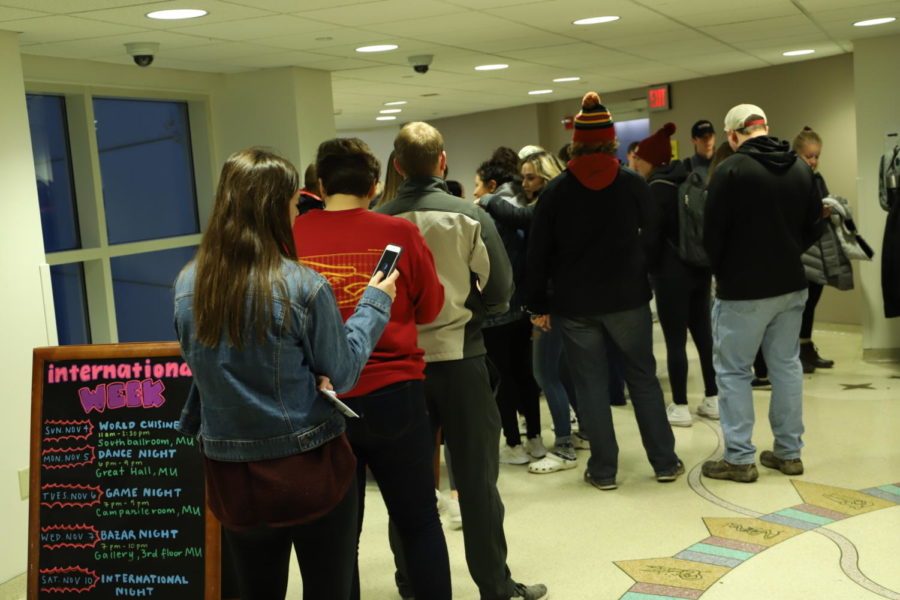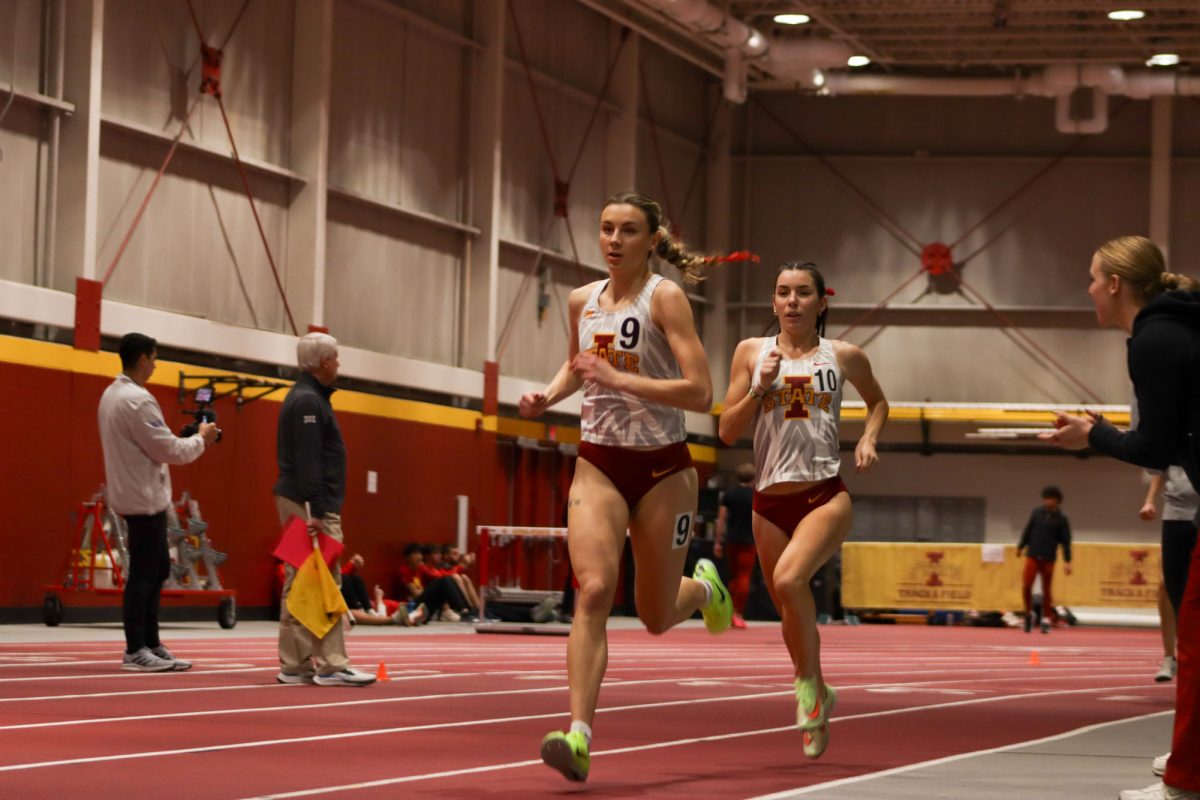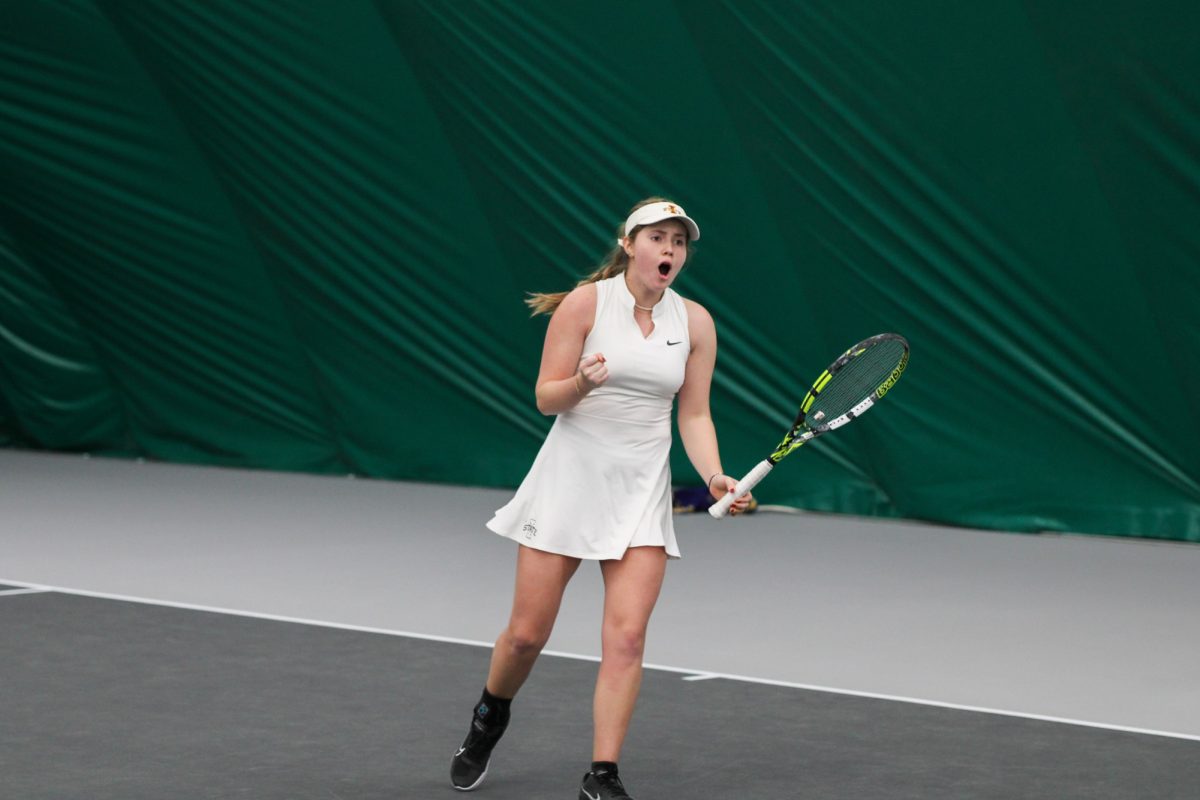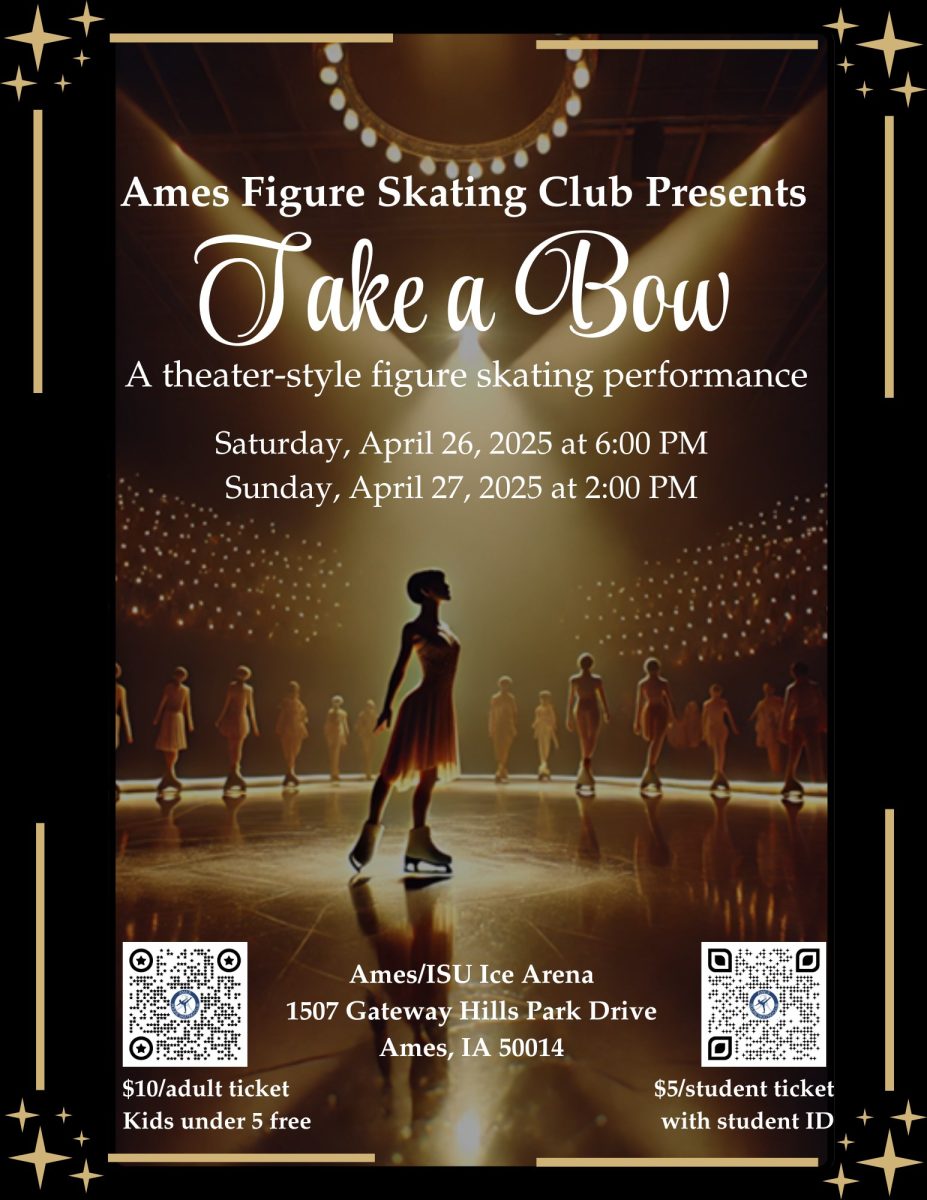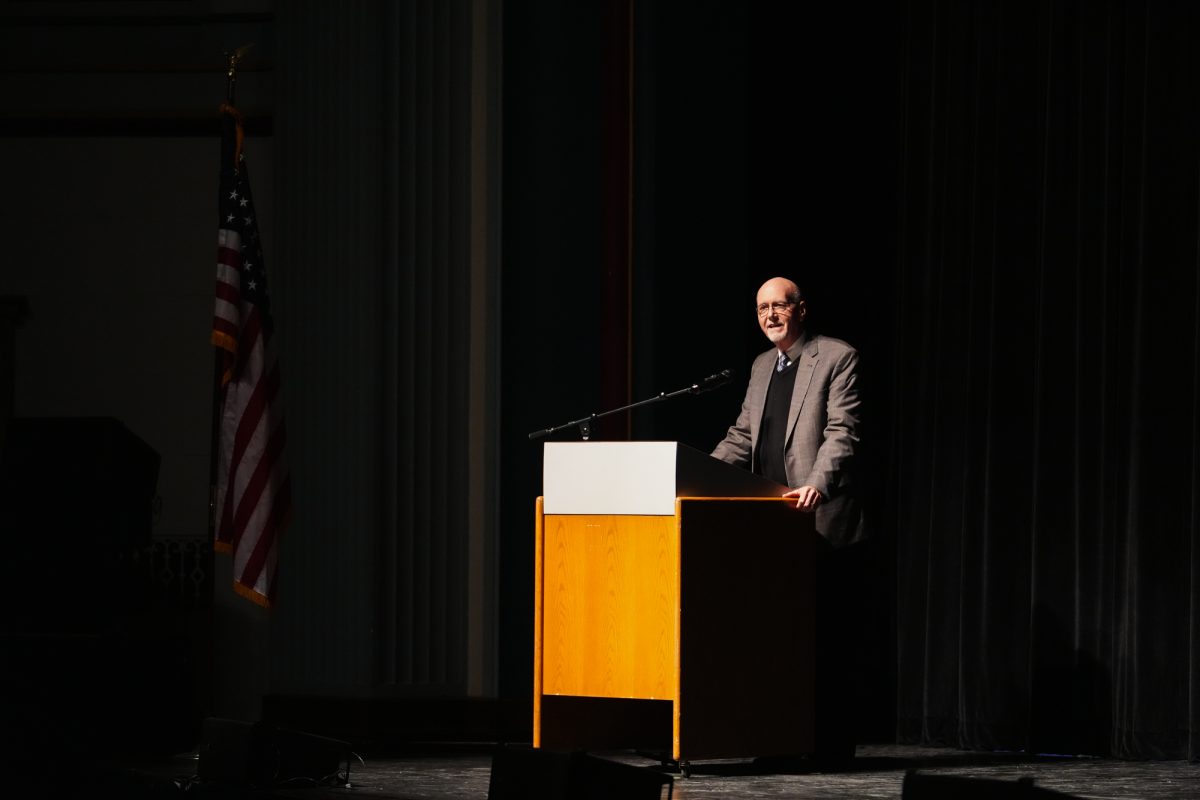AP Gov: What will student voter turnout look like for 2020?
October 1, 2020
It seems as though college students have procrastination written into their genetic makeup. Remembering to buy a stamp or send in an absentee ballot is another additive to their lengthy to-do list. Although the 18-29-year-old demographic has increased in voter turnout since 2012, the 65+ demographic continues to have the highest numbers in voter turnout.
Fast forward two years later, this election will look different; America is in crisis. The pandemic, an economic recession, the demand for an end to systemic racism and many more issues will be weighing on the ballot come Nov. 3.
Karen Kedrowski, director of the Carrie Chapman Catt Center for women in politics said youth voter turnout tends to be lower because voting is habitual.
Another factor of whether someone votes is if they have settled into a community permanently, Kedrowski said buying a house can be a tipping point.
“College kids move a lot, like sometimes two or three times a year,” Kedrowski said. “They are very unsettled and that means they do not have deep ties to the community, so they may not feel comfortable voting.”
Rachel Junck, Ames City Council member representing the 4th Ward, is also a senior studying chemical engineering with a concurrent masters in business administration. Junck said there are a lot of different barriers that make it difficult to vote, especially for students who are out of state.
“It is even more important students register to vote here, in their college town because we live here at least nine months of the whole year and we want our voices to be heard in our college communities as well as where we are from too,” Junck said.
Due to the COVID-19 school cancellation, some students living in residential halls had to upheave their lives during the spring semester. Kedrowski worries if this were to happen again during the election it would greatly hinder the youth vote.
“We will do absolutely everything we can to get the students the information when they need it as the circumstances dictate,” Kedrowski said. “Honest to God, if we are in a crisis a lot of our students are going to be focused on staying healthy and the mechanics of getting home, the last thing they are going to be thinking about is voting. So I expect student voter turnout to fall just because the pandemic is an enormous variable and potentially very serious.”
The 100 Million Project found that 53 percent of students plan to vote by mail for the 2020 election and 42 percent of the students think the act of voting is likely to be at least somewhat difficult.
The pandemic has not prevented all students from keeping involved with the election on campus. Vice president of Young Americans for Freedom, Laura Emery has been interested in politics since as long as she could remember. Emery said she thinks there are multiple factors to consider why students don’t vote as much as older demographics.
“I think one of the main reasons most students don’t vote is because they simply don’t care,” Emery said in an emailed statement. “Students falsely believe that what happens in the government, be it local, state, or federal, doesn’t really affect them.”
Emery said students also could be busier than older age demographics but a lot of younger voters are not active enough outside of social media.
“Younger demographics want change, and the best way to enact change is to vote for those who align best with your ideals,” Emery said in an emailed statement. “We need to stop simply posting about social issues on our Instagram stories, hoping that it’s enough. We need to volunteer for causes we believe in, start uncomfortable conversations with those we disagree with, and most importantly, we need to vote.”
It was reported that 55 percent of college students think the November election will be administered not too well or not well at all. The reasons for this vary from the winner of the election losing the popular vote to problems at polling locations such as long lines and broken machines.
“I worry if we have another electoral college misfire, that we are going to see public support for our electoral systems and institutions continue to erode,” Kedrowski said.
There have only been four times in history when the winner of the popular vote loses the electoral college but in the last 20 years it has happened twice.
“If we ended up with 2000, 2016 and 2020 that would be three in the span of 20 years,” Kedrowski said. “That is not a once a century phenomenon and that becomes normal business. It really, I think, threatens the legitimacy of the political system.”
Kedrowski has heard students talk about how the electoral college discounts their vote but Kedrowski said this rule only applies to the presidential election, all other races are first past the post.
Other factors contributing to low confidence in the election is the effect of candidates claiming they will “fix the institution” or special interest group, Kedrowski said.
“All of that has a long-term effect of undermining public support for the democratic institutions, it also undermines support for other important institutions we have like the news media,” Kedrowski said. “…That is not healthy for a democracy to have its citizens not believe that its government works.”
Junck decided since half of Ames’ population is students, the Council needed student representation so she ran for office.
“Voting is about being involved in your community, being involved in your community and having your voices heard about important decisions that are being made,” Junck said. “The more people that are voting the better representative we can have representing us.”
Junck said along with voting, the best way to become involved in politics is through community engagement and for more information about voting students should visit the student voting website.
“Although I believe the government is too big, that doesn’t mean that I don’t have a say in how it runs,” Emery said. “Voting is one of the few ways that Americans can make our voices heard directly, and it cannot be overstated how important voting is.”


